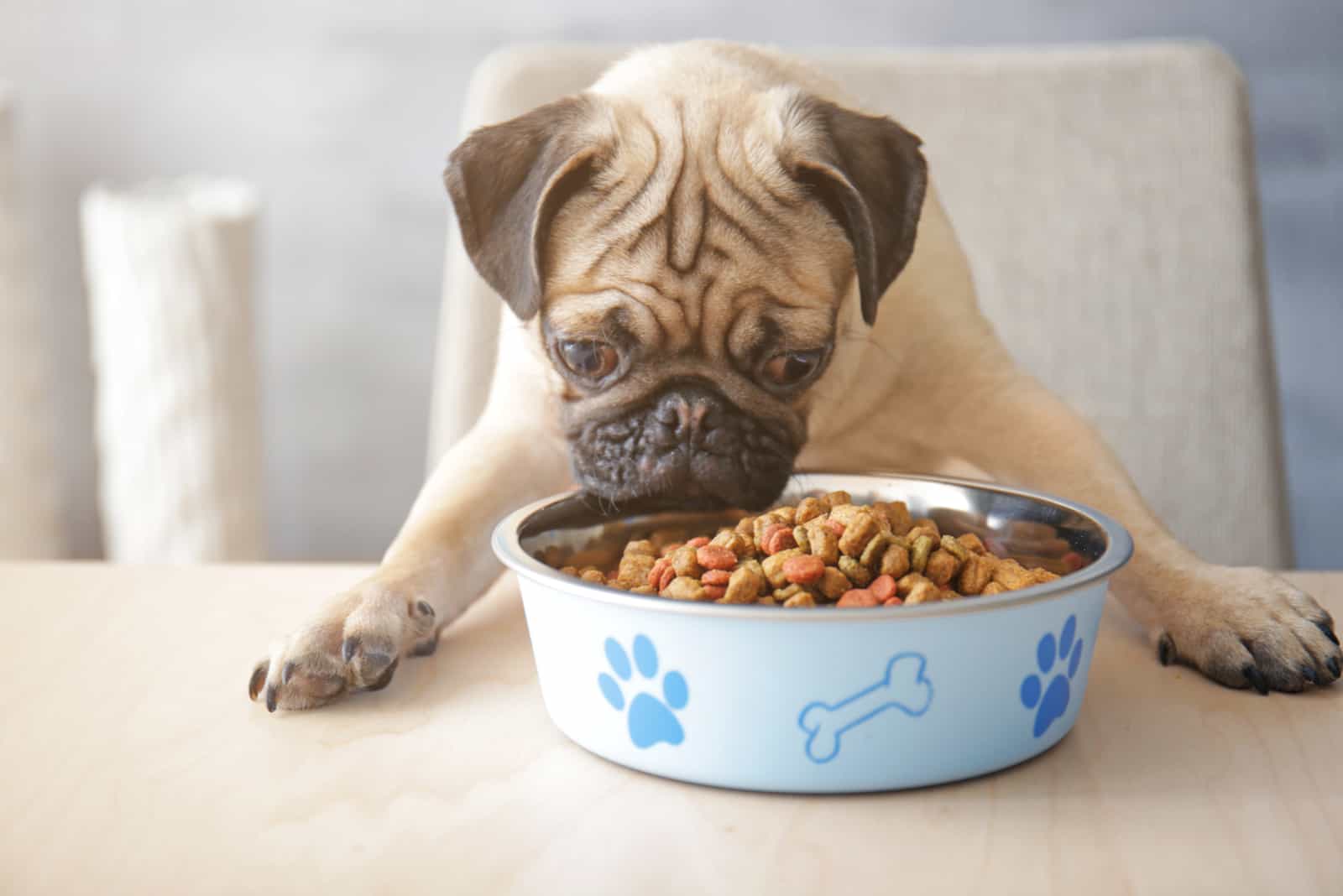Dog food strikes can be a pain in the behind. If you are wondering where it all went wrong, it is probably because you exchanged convenience with structure. There are a few methods on how to build food drive in a dog, and today you will leave all the richer for knowledge.
Refusal to eat food is a big problem when it comes to training dogs. Without the power of treats and kibble, your dog will give you the “you naive fool” look and go do things that have its full interest.
This article will lay down the foundations of the process required to re-ignite the passion for food, so make sure you read it in its entirety. Otherwise, you might miss a tiny but important step that can make or break your attempts of elevating your dog’s desire for food.
Understand The Mistake By Going Back To The Basics
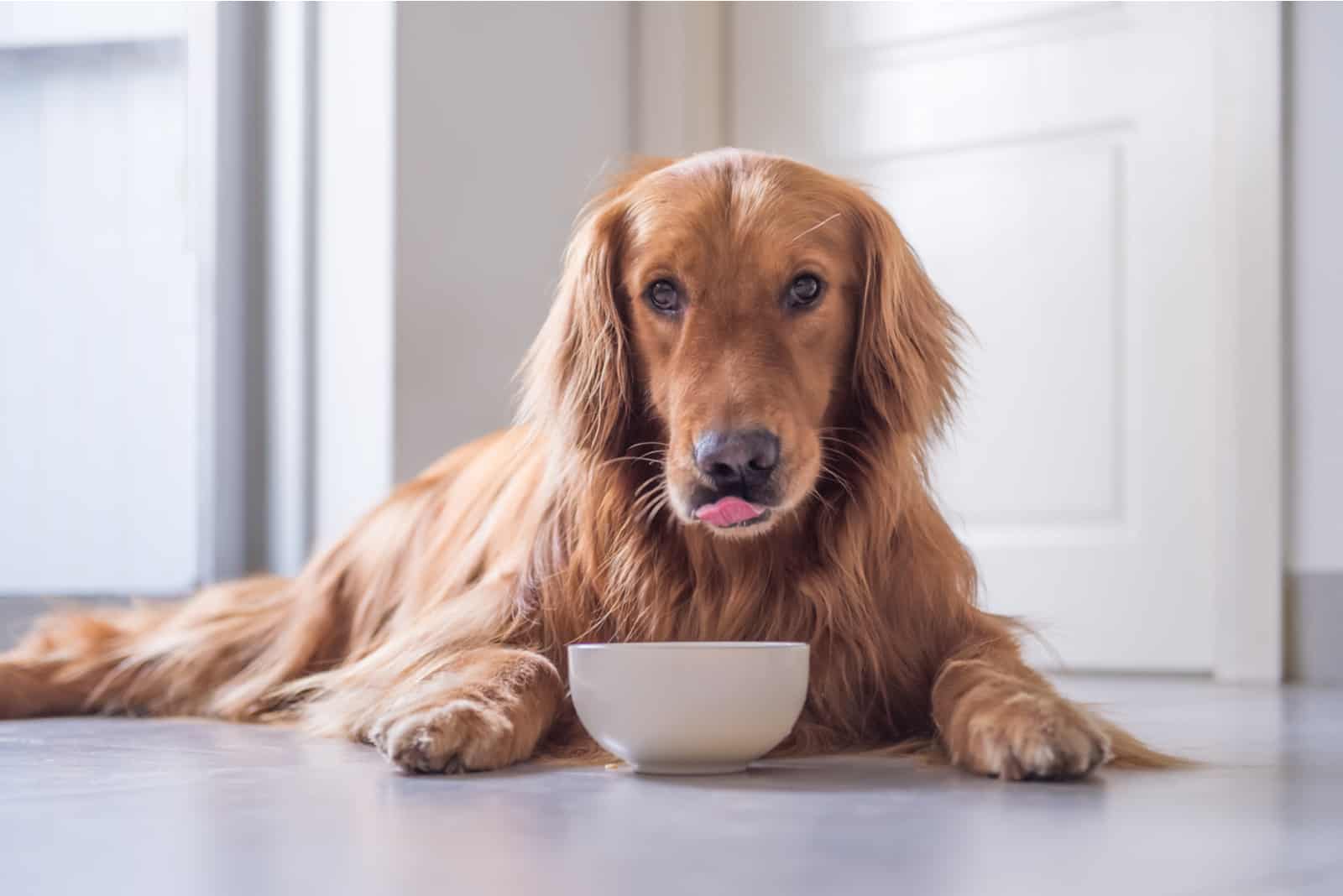
A lost or decreased food drive in your dog is one of those things that require you to retrace your steps back to when it all worked so wonderfully. The longer you have a dog in your home, the more compromises you will have to make.
Being out of the house for the entire day might make you feel guilty for leaving your dog without food, which can prompt you to just have a full bowl sitting throughout the day. That is mistake number one.
The second mistake builds on the fact that a dog with free access to food will not be interested in earning it, so you will try to compensate by adding other tasty foods, like cooked chicken and rice, beef, or any food humans eat that is safe for dogs.
By doing this, you are only creating a picky eater, and reducing the chances of your dog accepting meager dog food. By disassociating yourself with the food, you are saying to your dog that the bowl is an infinite hole filled with food to eat whenever it pleases.
You will need to figure out how much food your dog needs during the day to properly plan out the feeding schedule. Treats should be completely removed from daily consumption, but you can slowly introduce them as your dog regains the desired levels of food drive.
To build food drive in a dog, you will have to be part of the feeding process, which means dedicating time and effort to re-establish a ritual that was there in the first place. Why don’t we start off by going straight to the first step?
1. Create A Feeding Schedule
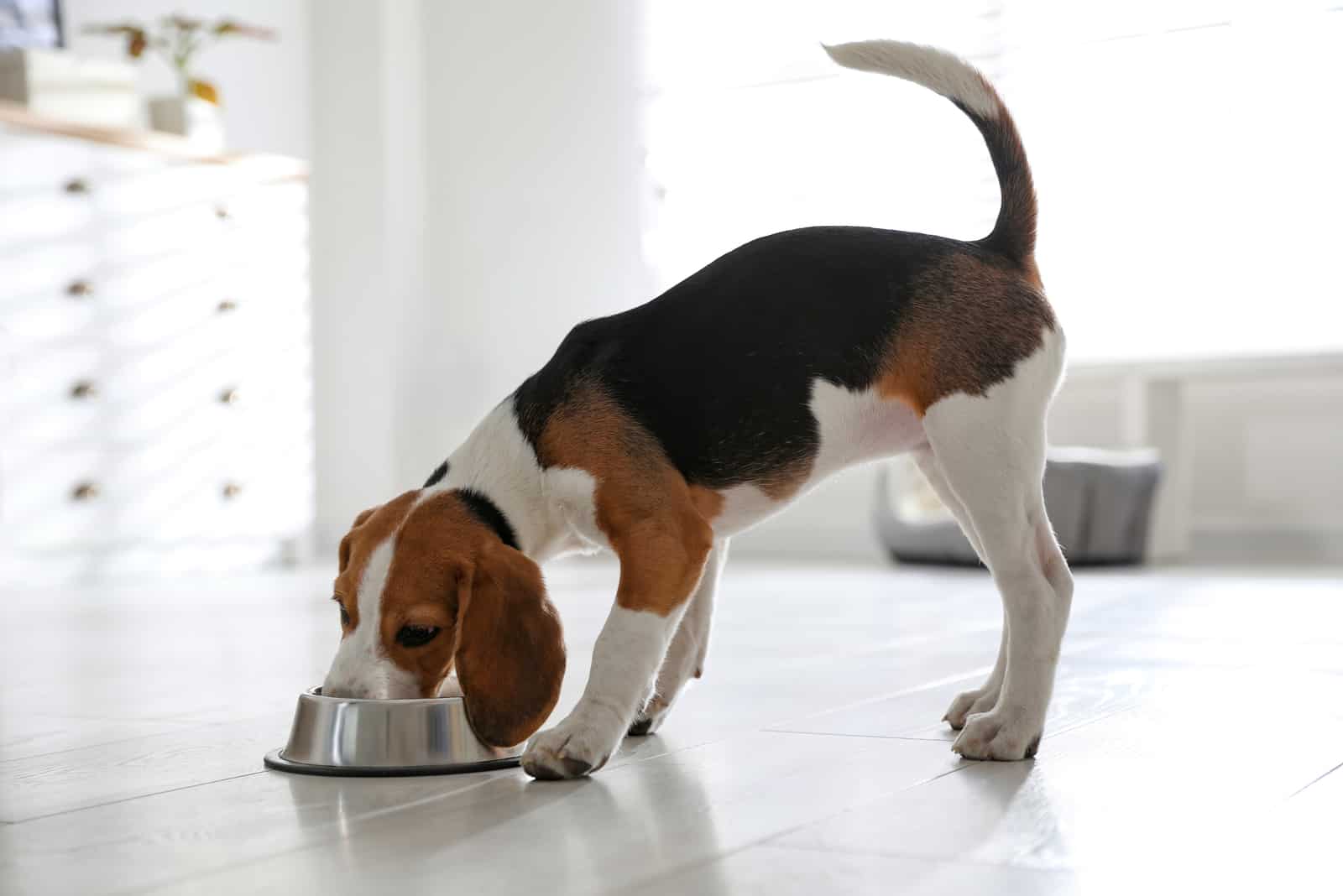
Even though we humans have the freedom to eat whenever we want, it is usually not the case. We have meals at specific times of the day which give us the energy to perform our daily duties.
The work we do is for money, but dogs recognize food as their primary currency. It incentivizes them to earn it, just like the paycheck at the end of the month represents a reward for working eight or more hours a day.
Since you cannot just take money from a finance bowl whenever you desire, the dog has to do its job to get the food. Regardless of whether you are an early or late riser, there has to be structure in a dog’s life.
Adult dogs should eat twice or three times a day, which means you can distribute the food in one portion every twelve hours, or one portion every eight hours for three meals a day. Keep in mind that puppies need to eat smaller meals more frequently.
For good measure, check out this article on how much to feed an eight-week-old puppy. It will give you an estimate of the daily calorie intake base on which you can reduce or increase the amount given to your particular puppy.
2. Remove The Food If Your Dog Refuses Eating At The Scheduled Time
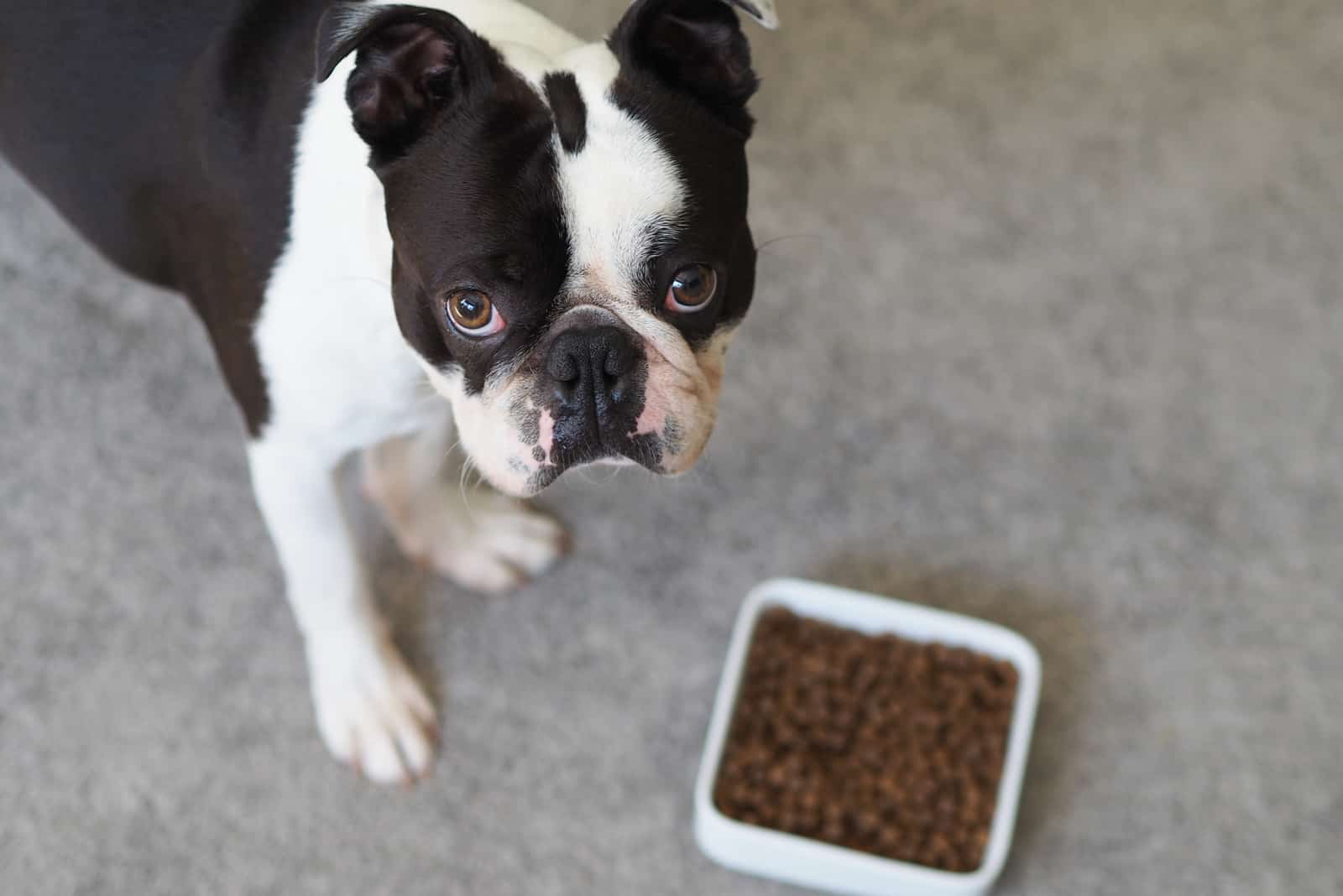
One of the most common mistakes dog owners make is “sticking to a schedule” without removing the food if the dog does eat it. There is no reason a dog would eat at a specific time if the food remains there to be eaten at its leisure.
Feeding should be a ritual of owner and dog. The meaning of food is not just calories. You are the leader that literally puts food on the floor for the dog to eat. A dog must value and respect your role in keeping its belly full.
Make sure that you are within your dog’s sight when preparing the food. Anticipation is a big part of digestion in dogs. Salivating during meal prep creates an instinctual eagerness to get busy eating as soon as possible.
For dogs without any food drive, it is equally important to reset their eating habits to defaults. It does not matter if the dog just walks away once you put the filled bowl down. Give it around ten minutes to make its mind up.
If the food is still intact after that period of time, store it back into a container or throw away if it cannot be stored again. This will show your dog that the food has an “expiration timer” that requires eating it before it is not an option anymore.
Do not expect results within a day or two. Dogs test our patience daily, and refusing to eat four or five meals in a row is completely normal. You need to be patient and win this battle of wills. Eventually, their brain will slap them across the belly and the food will be gone in sixty seconds.
Note: Dogs with a low or non-existent food drive are not the same as dogs without appetite. The latter is predominantly a symptom of some health issue. If your dog is lethargic, refuses food or water, or displays other signs of illness, go to a vet immediately.
For those situations, you will probably receive detailed instructions from your veterinarian on what the dog should and should not eat. However, you can also check out our list of foods that a dog without appetite might actually eat.
3. Stop Adding Foods That Will Refine Your Dog’s Palate
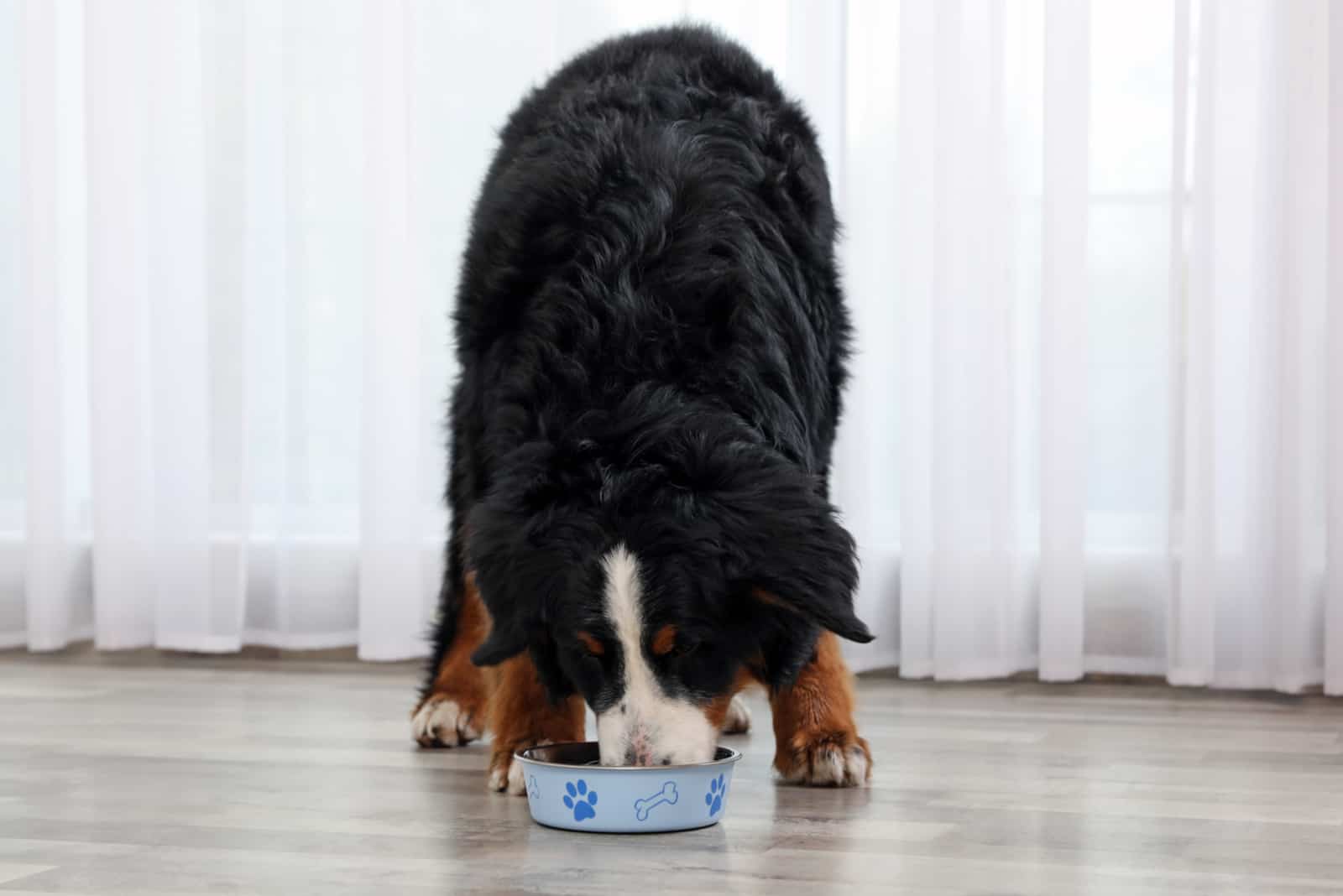
Your dog food of choice is not important in this case. A dog that is used to eating a specific type of food can live its entire life without ever switching brands or diets. Of course, this is based on the assumption that there is no health problem requiring a different food or diet.
Adding different kinds of cooked meat, organs, or bone broths to the kibble is very healthy, but you should not be spoiling your dog further. By adding higher quality food, you are making a servant of yourself.
You will certainly be down at the bottom of your “pack’s” hierarchy by being a chef and server. One thing that people seem to forget is that feeding table scraps and giving dogs spicy food can not only make food drive vanish, but also put your dog’s health at risk.
Re-establishing yourself as the alpha is a completely different topic, but getting your dog back to its old food-obsessed self will be easier if you stop with these bad eating habits.
4. Use Food As A Reward And Bonding Tool
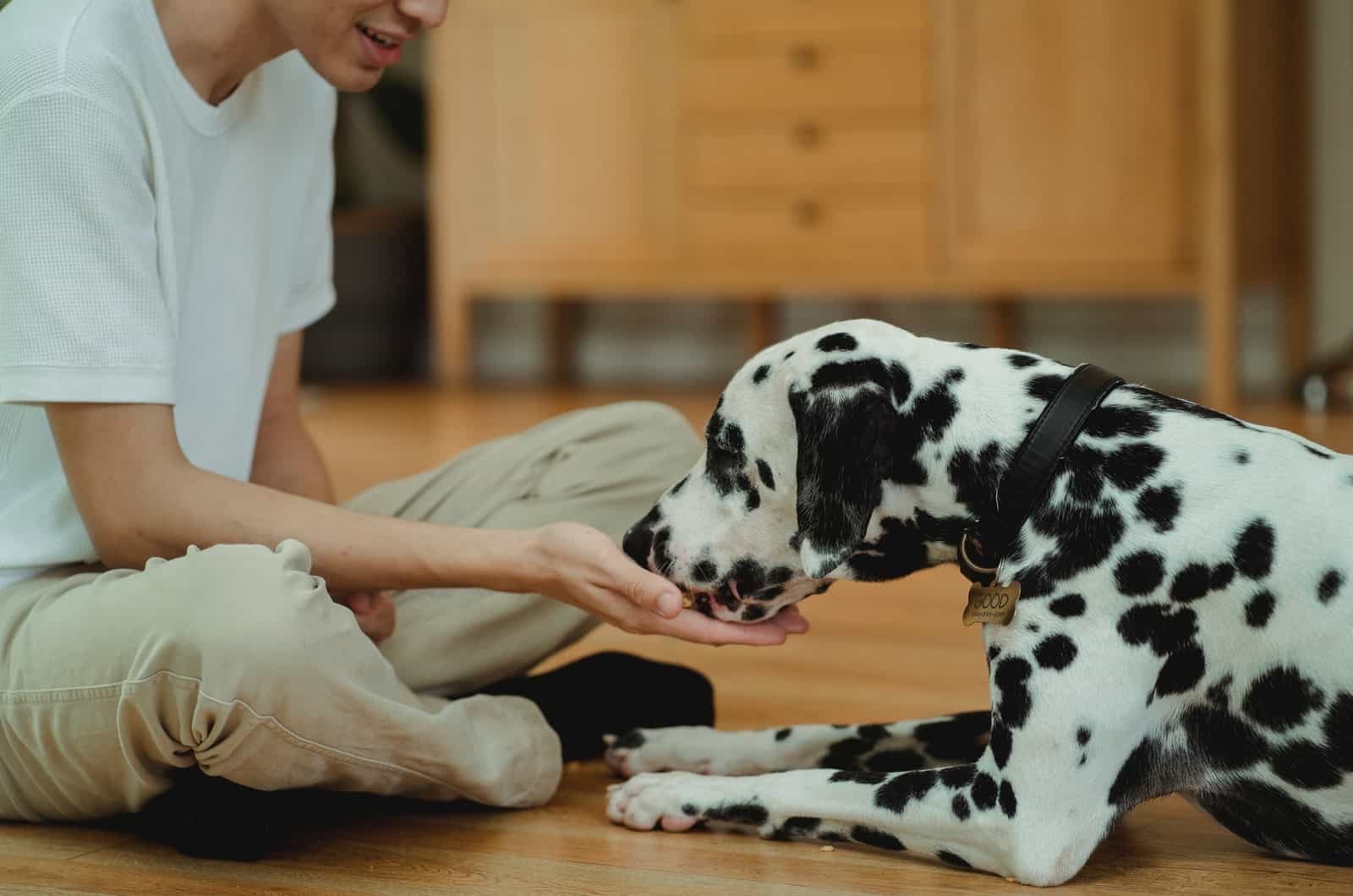
Since food drive is the number one tool for training dogs, the lack of food drive might be killing your obedience training process. Feeding your dog during training is not much dissimilar from having a scheduled meal at a specific time.
With hand feeding, you are establishing a connection between you and the dog by teaching it to expect food from you instead of it magically appearing on the bowl on the floor. Getting good results from dog training on a dog’s full stomach is near impossible.
Do not feel sorry for your dog being hungry due to refusing to eat at the scheduled time. Once the stomach starts growling, they will come running to you for food. This is the best time to do obedience training.
Incorporate the food as a reward for successfully executing the given command. Your dog being hungry is a great opportunity to finally teach it how to heel, stay, or practice recalling.
To Summarize
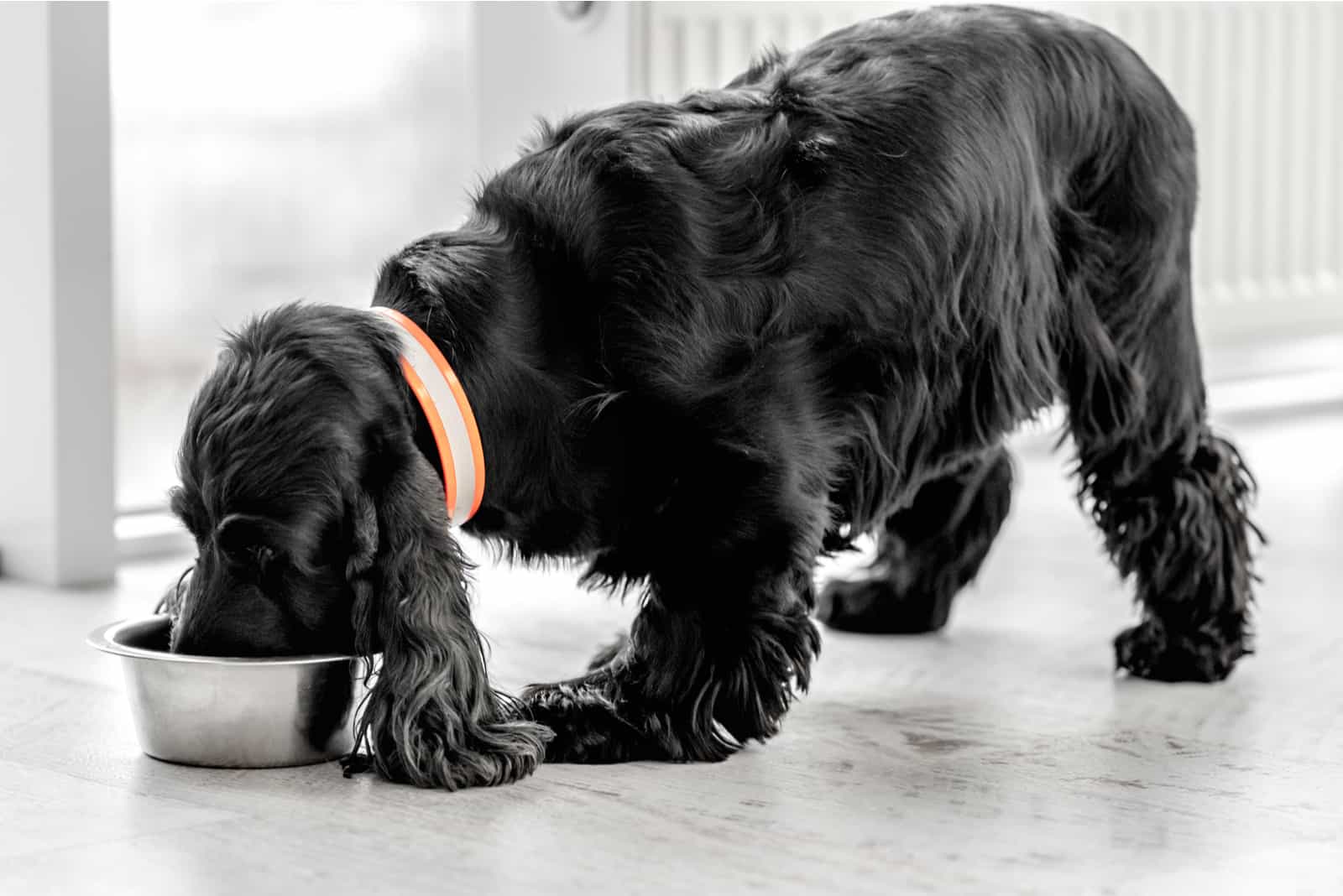
This short guide on how to build food drive in a dog should be enough to provide a framework that can be expanded the better you get to know your dog’s eating habits. Do not be afraid for your dog’s health if it goes a couple of days without eating.
A surprising number of dogs will go for days before they decide it is best to follow your feeding schedule than protest by refusing to play according to the set rules and meal times. Do not fall for the puppy eyes!
Apply these rules consistently for the best results. Even if it takes a longer trial and error period, the final product will be rewarding enough. Forget about “cheat days” where you succumb to misplaced guilt and give out some treats. Feed and lead your dog to perfection.
